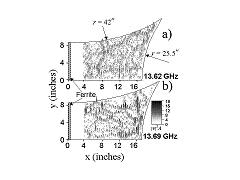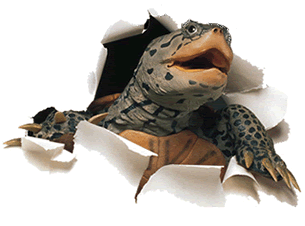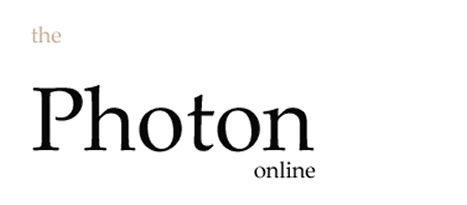Wave Chaos in Electromagnetism and Quantum Mechanics 
Dr. Steven M. Anlage
Chaos is a ubiquitous phenomenon in everyday life. It is seen in dripping faucets, population dynamics, the weather, electrical circuits, heart arrhythmia, and many other places. These are all manifestations of what we might call “classical” chaos, because they involve the evolution of classical deterministic quantities, like atmospheric pressure, electric currents, or the trajectory of a gas particle. Chaos is defined as the extreme sensitivity to initial conditions (for example the initial position and momentum of an atom in a gas). This is manifested in the “butterfly effect” in which a butterfly flapping it's wings in Brazil can eventually affect the weather here in College Park .

However, many other interesting things involve waves, such as quantum mechanics, concert hall acoustics, electromagnetism, and electrical transport properties of nanoscale quantum dots. An interesting question for physicists is whether or not chaos plays a role in the properties of these wave systems. At first it seems that chaos should not apply at all to wave phenomena since one cannot define simultaneously the position and momentum of a wave to test the “extreme sensitivity to initial conditions.” Instead one has to consider wave systems that have high-energy (short wavelength) properties that display “ray chaos” – the extreme sensitivity of system evolution to initial ray directions. Ray chaos turns out to be quite common, as it is found in atomic nuclei and quantum dots, as well as concert halls and electromagnetic resonators.
What are the unique properties of wave chaotic systems? It has been hypothesized that they have many “universal” properties that are amazingly insensitive to details such as whether one is talking about an acoustic wave in air or a quantum mechanical wave in a nucleus! This means that simple physical processes, like the interference of waves, manifest themselves in essentially identical ways in vastly different systems.

Prof. Steven Anlage investigates these universal properties through a unique experiment. He uses a flat two-dimensional microwave cavity (metallic box) to simulate the properties of a two-dimensional square well quantum mechanical system. The electric field of the microwave signal acts like the wave function of the Schrödinger equation of quantum mechanics. The resonant frequencies of the metallic box are equivalent to the eigen-energies, and the standing wave resonance patterns are equivalent to the eigenfunctions, of the quantum problem. The box has a shape that produces “ray chaos” at high frequencies, and can be used to study quantum chaos in great detail on a table-top without all the complications of fabricating and measuring real quantum structures.
In collaboration with theorists Edward Ott and Thomas Antonsen of the Physics department, the Anlage group has developed a novel way to measure the universal scattering properties of quantum chaotic systems (like nuclei and two-dimensional quantum dots). They study the scattering of microwaves from the box and have developed a very complete picture of how the universal properties depend on loss or “de-phasing” of the quantum system. Besides testing fundamental issues in quantum mechanics, this research also establishes the foundation for a quantitative statistical model of absorption of wave energy in electromagnetic and acoustic systems, which is of some practical interest.
Prof. Anlage's student on this project, Sameer Hemmady, recently won the Student Speaker Award from the Group on Statistical and Nonlinear Physics of the American Physical Society
(http://www.physics.umd.edu/news/GSNP_Award.htm).
Dr. Anlage is a professor of Physics at the University of Maryland . He is a member of the Center for Superconductivity Research. Visit his research website at : http://www.csr.umd.edu/anlage/AnlageHome.htm or contact him at, anlage@umd.edu .
|





